9 of the most underrated British hi-fi products we've ever tested
We think these gems deserve more love
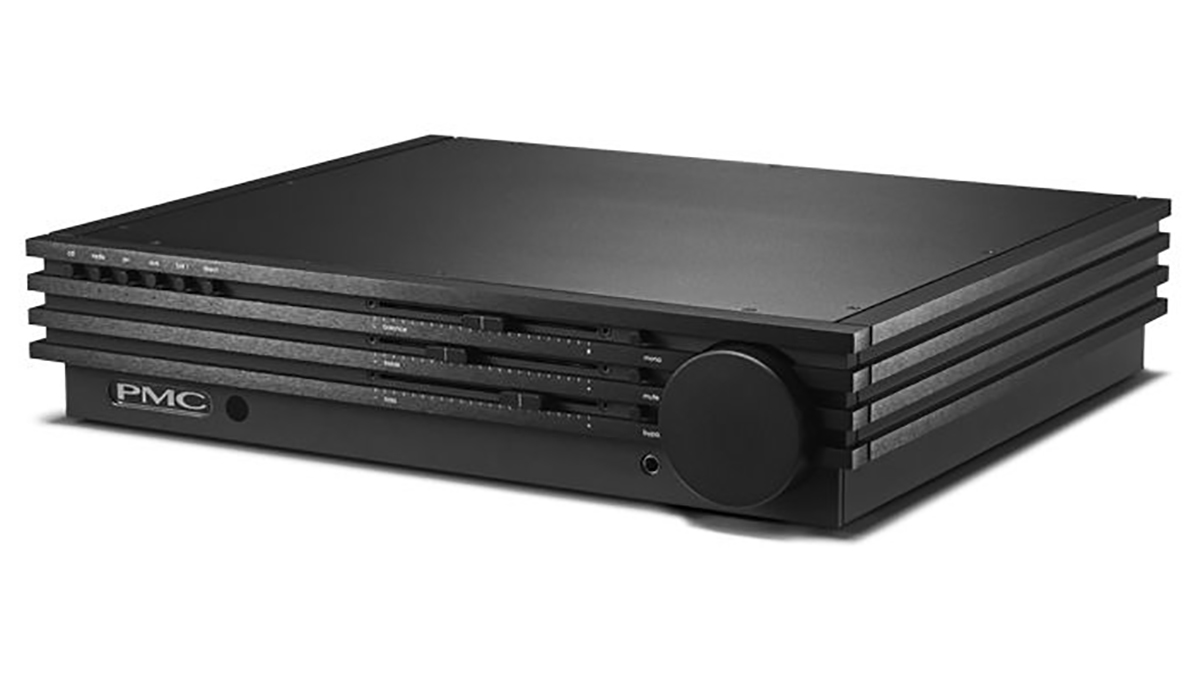
The ideal What Hi-Fi? timeline for any great product is as follows. It is introduced, it is reviewed and gets five stars with a glowing write-up. Said product then officially goes up against the current class leaders in a What Hi-Fi? group test and emerges victorious. An Award win follows, making the product a staple recommendation for anyone looking to buy a component of that type and price. And possibly, it even enjoys repeat Award wins in the coming years simply because it is so good.
Unfortunately, not every excellent product enjoys such an illustrious journey. Some miss their rightful time in the spotlight. Why? Perhaps there are several superstar contenders in their category, and the product, good as it is, never quite escapes their shadow. Maybe their talents are not as obvious to the wider hi-fi community as they were to us, or their looks are divisive. The problem could be poor marketing or limited availability. Or, all of the above.
Here, we have a list of a few British favourites that we think are underrated or unfairly overlooked by too many people. Some are well-established designs that have been around for decades and now maybe don’t get the love they deserve because newer, shinier rivals have come on the market. Others are more recent efforts that we feel deserve more respect for their immense talents. Either way, you would do well to search them out, because all are excellent performers that we would happily use at home.
Fyne Audio F1-8 standmount speakers
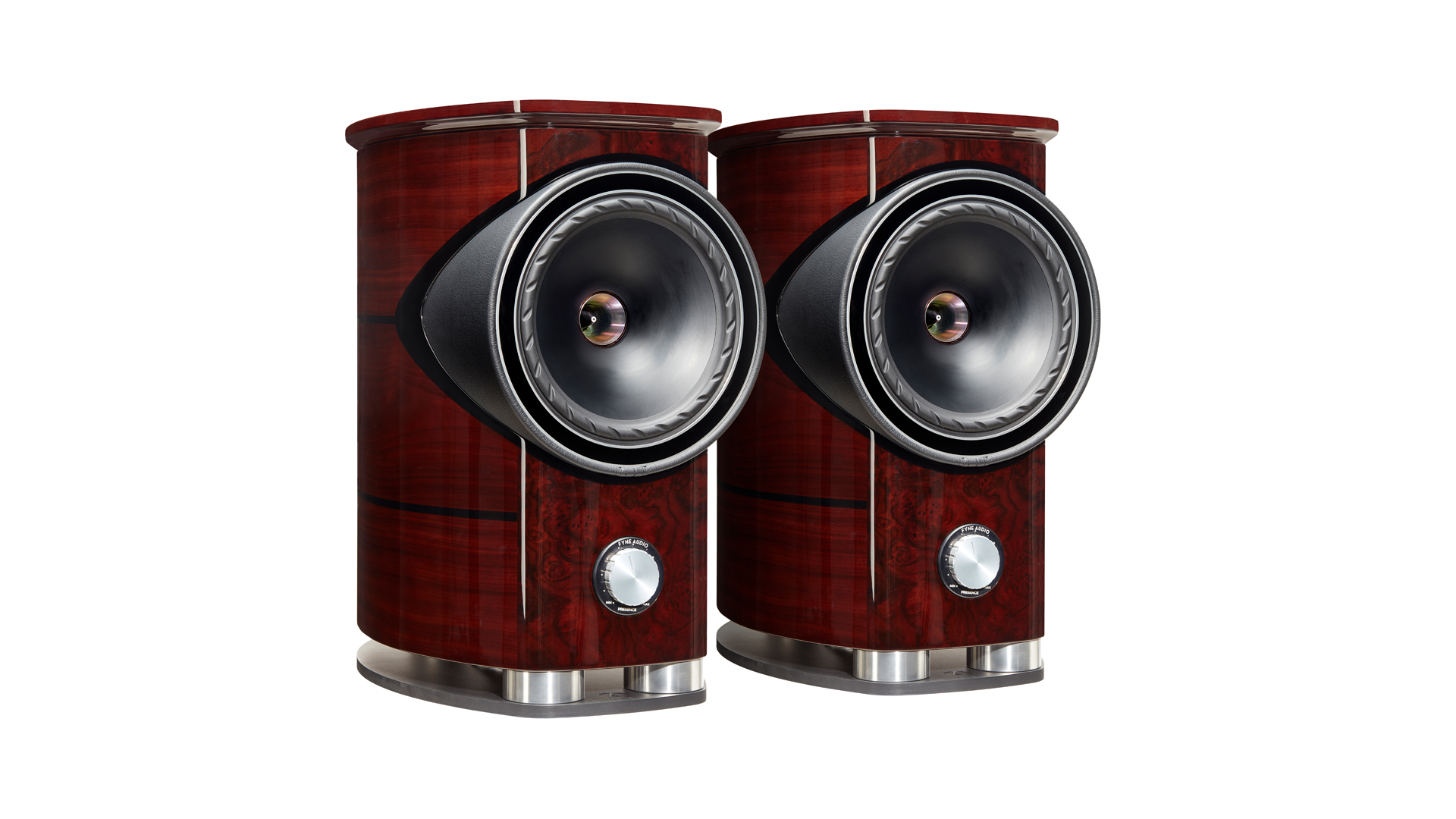
When conversations turn to high-end standmounters, the usual names always get mentioned. You have the rather lovely Bowers & Wilkins 805 D4, KEF’s hugely capable Reference 1 Meta and the likes of the Sonus Faber Electa Amator III alongside equally worthy alternatives from the likes of Magico, Dynaudio and Focal. All are excellent in their own way, but if we were lucky enough to have car money to spend on standmounts, Fyne Audio’s divisive F1-8 ((£7499/$10499)) would be high up on our shortlist. Divisive? Just look at them. These are a Marmite design, and that’s okay with us.
Fyne Audio is a baby compared to any of its rivals. It was founded in 2017 so it simply hasn’t got the heritage that means so much in this part of the market. But the people behind the brand have been in the business for decades and that shines through in the quality of the engineering and the excellence of its sound.
The beautifully built F1-8 speakers use a co-axial driver array that puts the 25mm magnesium dome compression tweeter at the centre of the 20cm multi-fibre mid/bass driver. This kind of arrangement has all sorts of advantages over conventional configurations, from even dispersion to allowing a degree of time alignment between the two drivers so that the sound from both reaches the listener at exactly the same time. This bodes well for focus and precision.
These Fynes are also wonderfully dynamic performers that are as comfortable scaling Hans Zimmer’s epic Interstellar OST as they are playing the blues-tinged soul of Bill Withers. The F1-8s are agile and insightful, capable of digging up loads of detail and arranging it into a musical and entertaining whole.
The latest hi-fi, home cinema and tech news, reviews, buying advice and deals, direct to your inbox.
They may not be the most tonally neutral performer at this level but little does better when it comes to communicating the musical message. Give the F1-8 a listen. You won’t regret it.
Read the full Fyne Audio F1-8 review
Graham Slee Gram Amp 2 Communicator phono stage
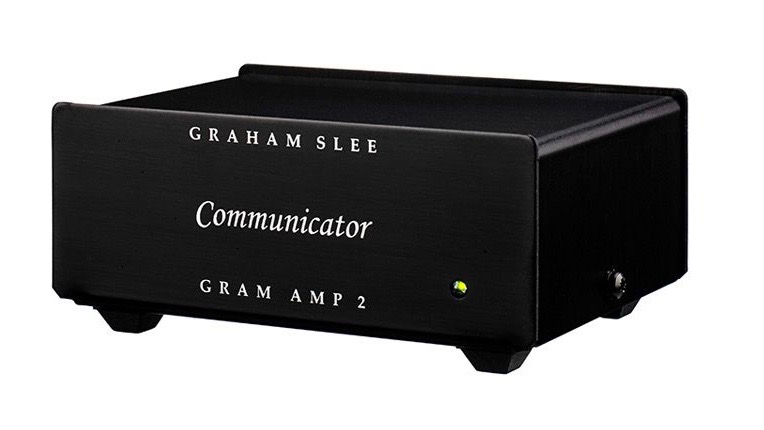
This unassuming moving magnet budget phono stage keeps things gloriously simple. It has a single set of inputs and outputs, and that’s all. The Graham Slee Gram Amp 2 (£180/$299) is neatly made, but its lightweight anodised aluminium enclosure won’t fool you into thinking that you’ve spent more than you have.
The sound quality probably will though. It is an articulate and energetic performer that is a match for the Rega and Pro-Ject phono stages that dominate this part of the market. The Gram Amp is upgradable too, and so making it a fine investment for those who want to improve their budget record-playing system over time.
Read the full Graham Slee Gram Amp 2 Communicator review
Leema Tucana II Anniversary integrated amplifier
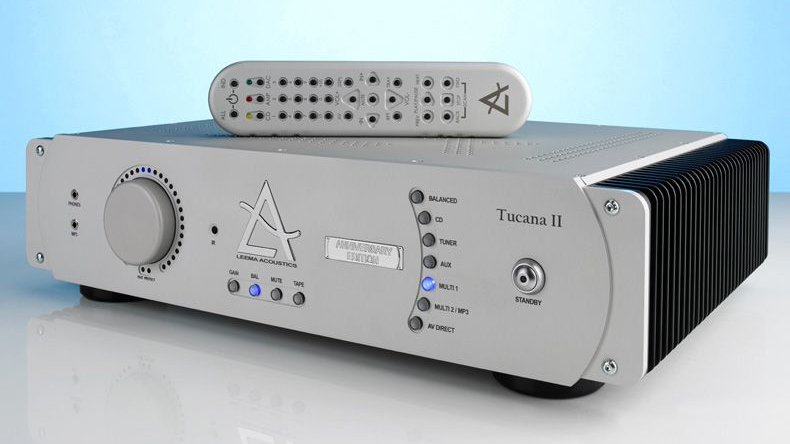
Leema Acoustics’ Tucana is one of a number of products on this list that used to be considered front runners in their category but have been around so long that newer, shiner rivals have grabbed the limelight. The Tucana was originally introduced way back in 2006 and since then has enjoyed a steady evolution, with this Anniversary version being the most ambitious. Despite the design’s age, the Tucana II (£6044/around $7600) remains one of the finest premium integrated amplifiers we know.
The vinyl revival hadn’t taken place when this integrated was first introduced, so it isn’t a surprise to find that it is a line-level unit only. There are plenty of inputs and balanced XLRs are on the menu alongside the usual stereo RCAs. It has always been a powerhouse though with a claimed output of 150 watts per channel into an 8 ohm load that’s enough to drive any price-compatible speaker to high levels.
Add crisp stereo imaging, a neutral tonal balance and strong dynamics into the equation and you have an amplifier that will shine in any carefully chosen system. This Leema is beautifully built too, displaying a level of solidity that inspires confidence.
Read the full Leema Tucana II Anniversary review
Michell Gyrodec SE turntable

How many hi-fi products first introduced in the 1980s still look as fresh as Michell’s Gyrodec? We can’t think of any. In our view, it could be launched today and still be viewed as modern.
While the Gyrodec has always had aesthetic appeal, we think it deserves even more credit for the quality of its engineering. Over the years we’ve tested many versions of this fully-suspended deck and never failed to be impressed by the company’s attention to build and finish.
This isn’t a hard turntable to set up, and the carefully considered design means that the Gyrodec SE (£3500/$3999) is easy to maintain. The price we’ve quoted is for the deck itself, but Michell can supply tonearms and cartridges if required. You can go to third-party alternatives, of course, and this deck will prove relatively unfussy provided those components are suitably talented.
How about sound quality? Despite its maturity, this Michell remains as capable as any that we’ve heard at this price. It produces a delicate and informative sound, one that is wonderfully open and articulate. If you are looking for a top-class turntable at this level, don’t ignore this one.
Read the full Michell Gyrodec SE review
Musical Fidelity MX-VYNL phono stage
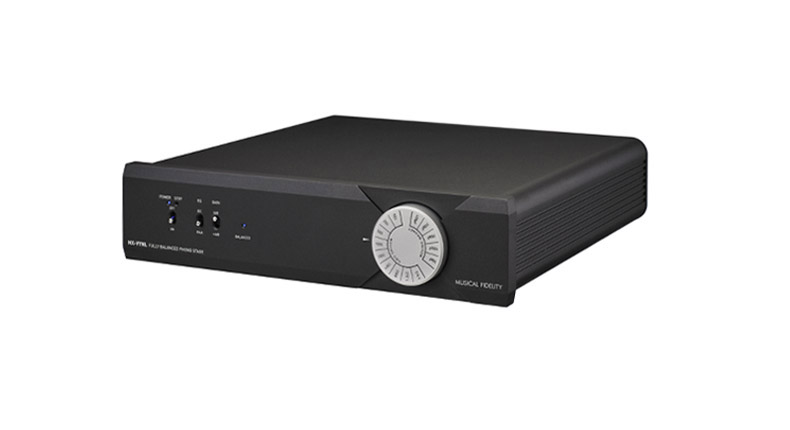
Musical Fidelity’s MX-VYNL (£749/$849) has been around for the best part of a decade and remains one of the finest MM/MC phono stages available for below a grand. It is a compact design that is superbly made. The casework feels impressively solid and all the controls work with crisp precision.
The front panel dial is an elegant solution to selecting the correct cartridge loading option and is certainly preferable to the myriad of tiny dip switches most rivals use to accomplish the same task. Take a look inside the MX-VYNL and you will find neatly designed, fully balanced circuitry.
All very nice, but it is the MX-VYNL’s excellent performance that impresses us the most. It is a sweet and fluid performer that manages to resolve a massive amount of detail from the cartridge’s signal. This phono stage sounds dynamic and punchy yet has the refinement and smoothness to work well with thin and aggressive recordings. The Musical Fidelity MX-VYNL is a product that deserves a high place on any premium phono stage shortlist.
Read the full Musical Fidelity MX-VYNL review
Naim CD5si CD player
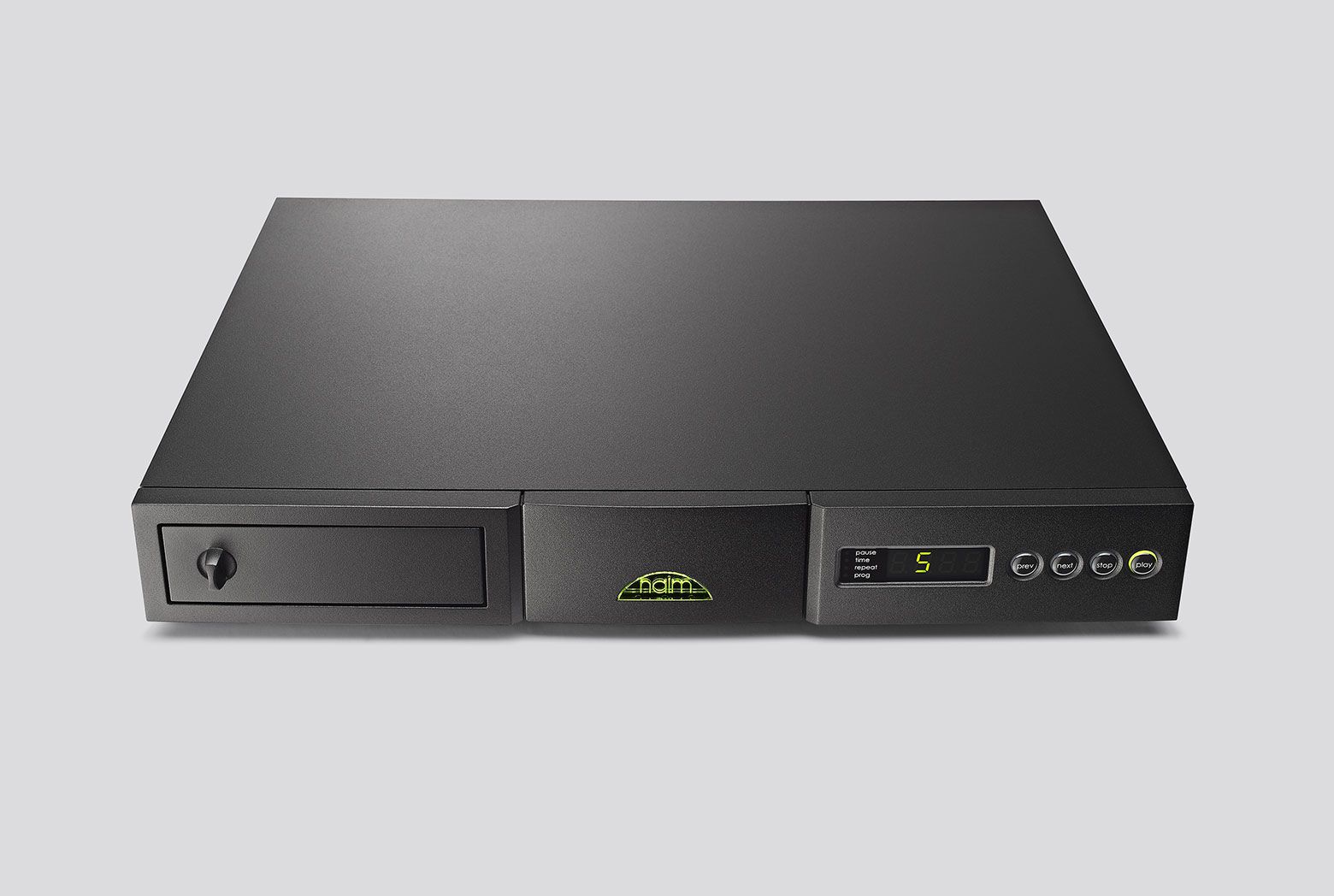
We were looking at the Naim website the other day and were shocked to find that the company only makes one CD player, and that’s the CD5si (£1699/$2299). It seems Naim has decided that the silver disc is old news, but that doesn’t mean the CD5si should be ignored. It is a hugely talented and musical player that is still right up there with the best at the price.
We love its back-to-basics approach. In place of a conventional motorised disc tray, the CD5si uses a manual design that arcs outwards and contains the entire transport mechanism. The disc itself is secured by a magnetic puck. The claim is of a better sound.
We like the simple display too, which just shows the essential pieces of information and nothing else. This concentration on essentials continues with the lack of a digital output, though perhaps it goes a little too far when we find that the company has also dropped its traditional provision for upgrading with one of its stand-alone power supplies. Yet, overall it is hard to deny the focus on performance.
This is an area where the CD5si needn’t fear any rival. It has a bold yet refined sound that concentrates on the essentials. You won’t get the airiest of presentations, nor the most expansive of soundstages, but you will get the music’s energy and exuberance delivered unambiguously. In the end, we can ask no more than that from any piece of hi-fi.
Read the full Naim CD5si review
Neat Iota Explorer floorstanding speakers

We talked to Neat representatives recently and in passing asked how the Iota Xplorers (£4825/$5195) were doing relative to the company’s more conventional-looking designs. It turns out that most people like normal. That's a shame, because these odd-looking floorstanders really are something special.
First off, they are an isobaric design where the downward-firing 17cm driver in the base has an identical companion driver inside the cabinet mounted directly behind it. These twin drivers move in tandem, fooling the visible unit into believing that it is in a much bigger cabinet. The result? Way more bass than you would expect from something that just stands 74cm tall, provided you put the speakers relatively close to a wall as intended.
The top end is taken care of by an AMT (Air Motion Transformer) tweeter giving a lovely crisp presentation. The Iota Xplorer aren’t the most neutral or detailed speakers that you can buy for the money, but they are so much fun to listen to. They sound solid, punchy and have a purposeful sense of rhythm. If you need premium speakers that can work close to a wall there are few better at this level.
Read the full Neat Iota Xplorer review
PMC Cor integrated amplifier

How’s your Latin? If it barely extends to remembering your old school motto, you might like to know that 'cor' means 'heart'. (Okay, we Googled it). It’s a fitting name for PMC’s first stand-alone domestic amplifier, which is the heart and hub of a system. The core, if you like.
This integrated amplifier is a simple beast at heart. The designers aimed for transparency and musicality above all else, and such qualities tend to be stifled when combined with a complex and/or extensive features list.
The Cor (£6995/$9999) is a purely analogue amplifier with short, clean signal paths. It uses Class A/B circuitry and produces 95W per channel, which rises to 140W into a 4 ohm load. On paper that’s a good-if-not-exceptional set of figures, but in use this amplifier belies those relatively modest numbers by delivering high volume levels with a whole range of speakers.
We’ve been using the Cor for the best part of a year in one of our reference systems and it has never missed a beat. It works well with a wide range of sources and speakers and has the kind of unassuming sound quality that has all the insight, dynamics and rhythmic drive you could hope for without the amplifier shouting about it.
Read the full PMC Cor review
Q Acoustics Concept 500 floorstanding speakers
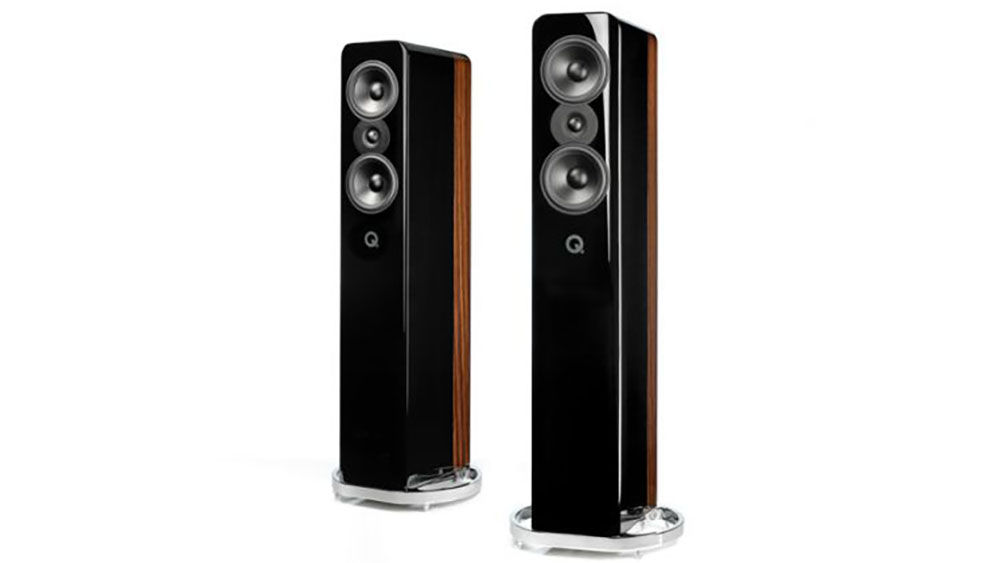
We wouldn’t blame you if you thought Q Acoustics was all about excellent budget speakers, after all that’s how the brand established itself. So successful have its more affordable efforts been that it is easy to overlook the company's high-end flagship, the Concept 500 (£3599/$6999). It looks like that is exactly what most people have done given that the floorstander's price has actually gone down since its launch in 2017. Contrast that with the generally huge price rises we've seen elsewhere across the board.
The shame is that these remain excellent speakers, and easily outperform most competitors anywhere near their price. Build quality is terrific. Their 115cm-tall cabinets are made using no less than three layers of MDF separated by a soft decoupling material called Gelcore and then strategically braced. This type of construction means that any vibration travelling through the wooden panels is absorbed and turns into heat. The result is as inert and well-damped an enclosure as we’ve come across at this level.
The drive units may not appear unusual on paper – the twin 16.5cm mid/bass drivers use treated paper cones and the tweeter is a conventional soft dome design – but there has been plenty of engineering effort expended on the details of suspension, motor system, diaphragm profiles, material and drive unit mounting to extract the most from these ingredients. The same can be said of the crossover design and the components used in it.
The result of all this work is a beautifully balanced performer that delivers a sense of scale and power well beyond what would be expected from a speaker of this size. These speakers are also detailed and expressive, working as well with the symphonies of Beethoven as they do with the works of Outcast. There is all of the smoothness and refinement we’ve come to expect from the brand but also the detail resolution and transparency that’s expected from a top-quality high-end floorstander. Judged on ability and build it is fair to say that the Concept 500 are a high-end bargain.
Read the full Q Acoustics Concept 500 review
MORE:
The What Hi-Fi? Hall of Fame: the best tech products of all time
10 of the best Hans Zimmer movie scores to test your hi-fi system
Standmounts vs floorstanders: which speaker type should you buy?

Ketan Bharadia is the Technical Editor of What Hi-Fi? He has been reviewing hi-fi, TV and home cinema equipment for almost three decades and has covered thousands of products over that time. Ketan works across the What Hi-Fi? brand including the website and magazine. His background is based in electronic and mechanical engineering.
